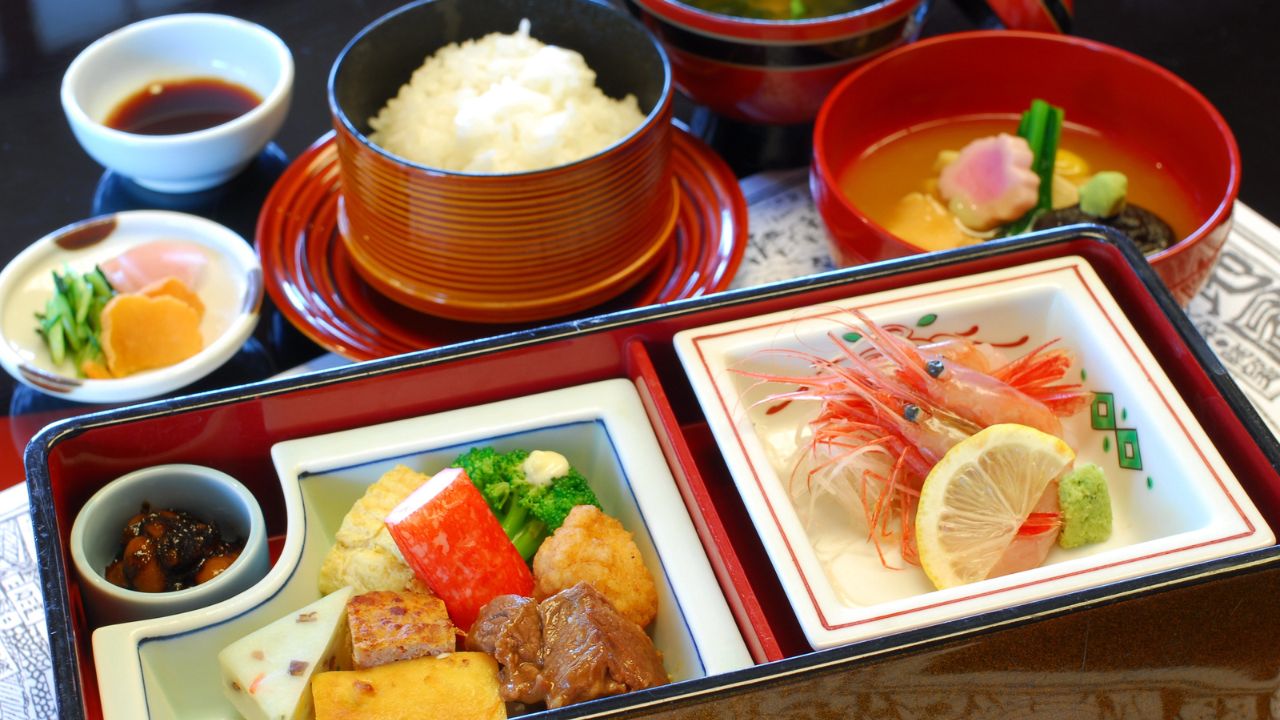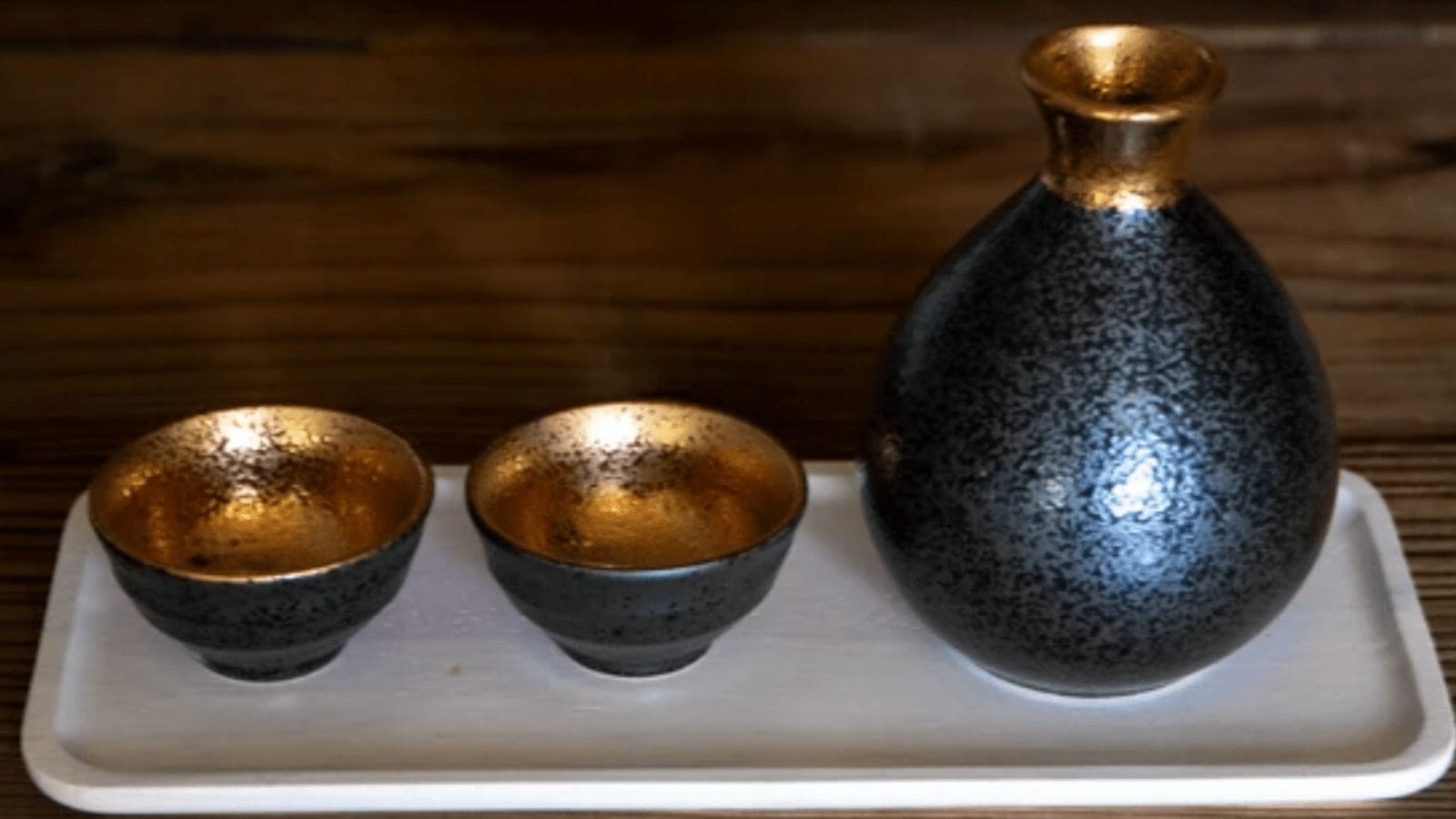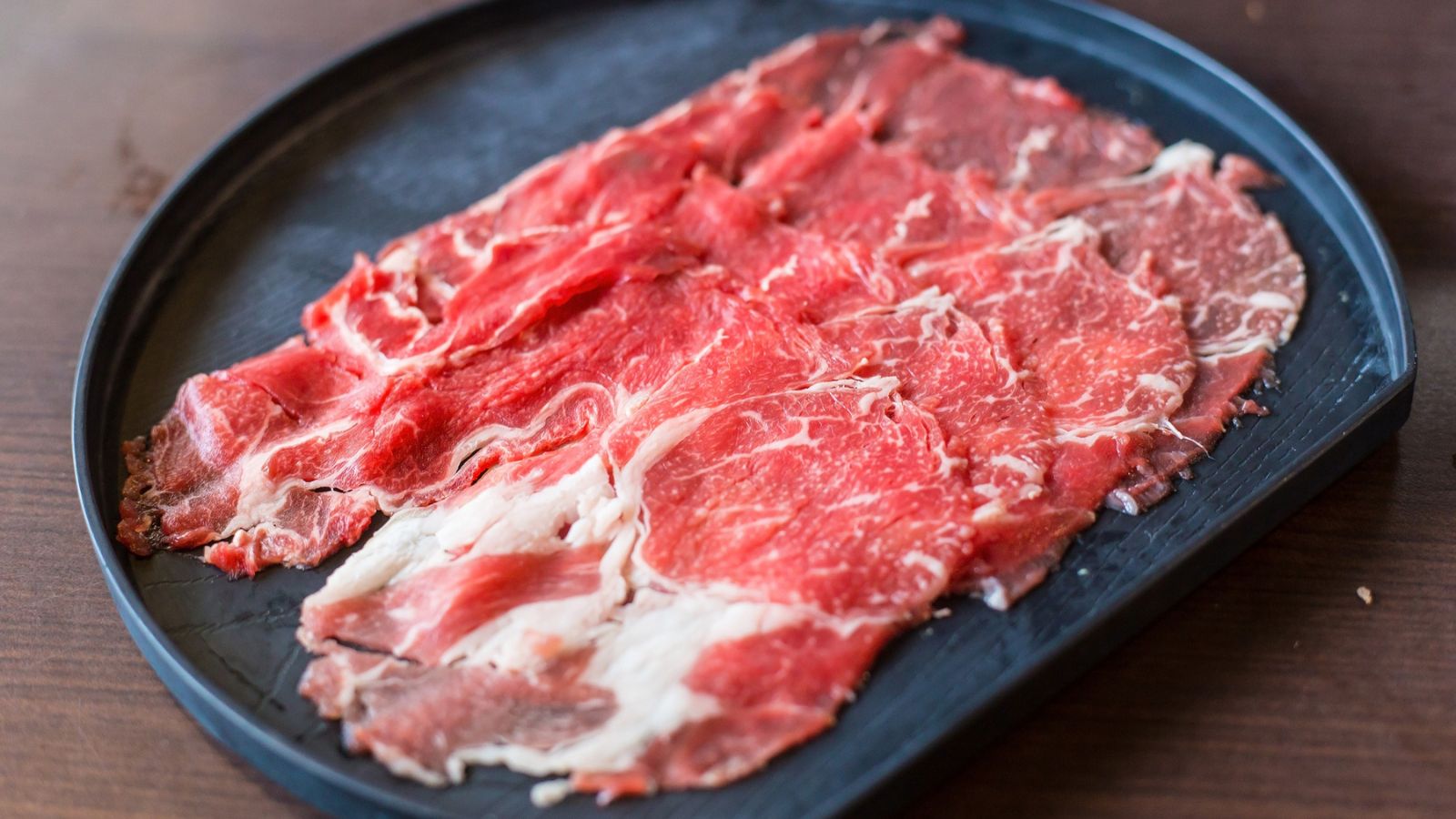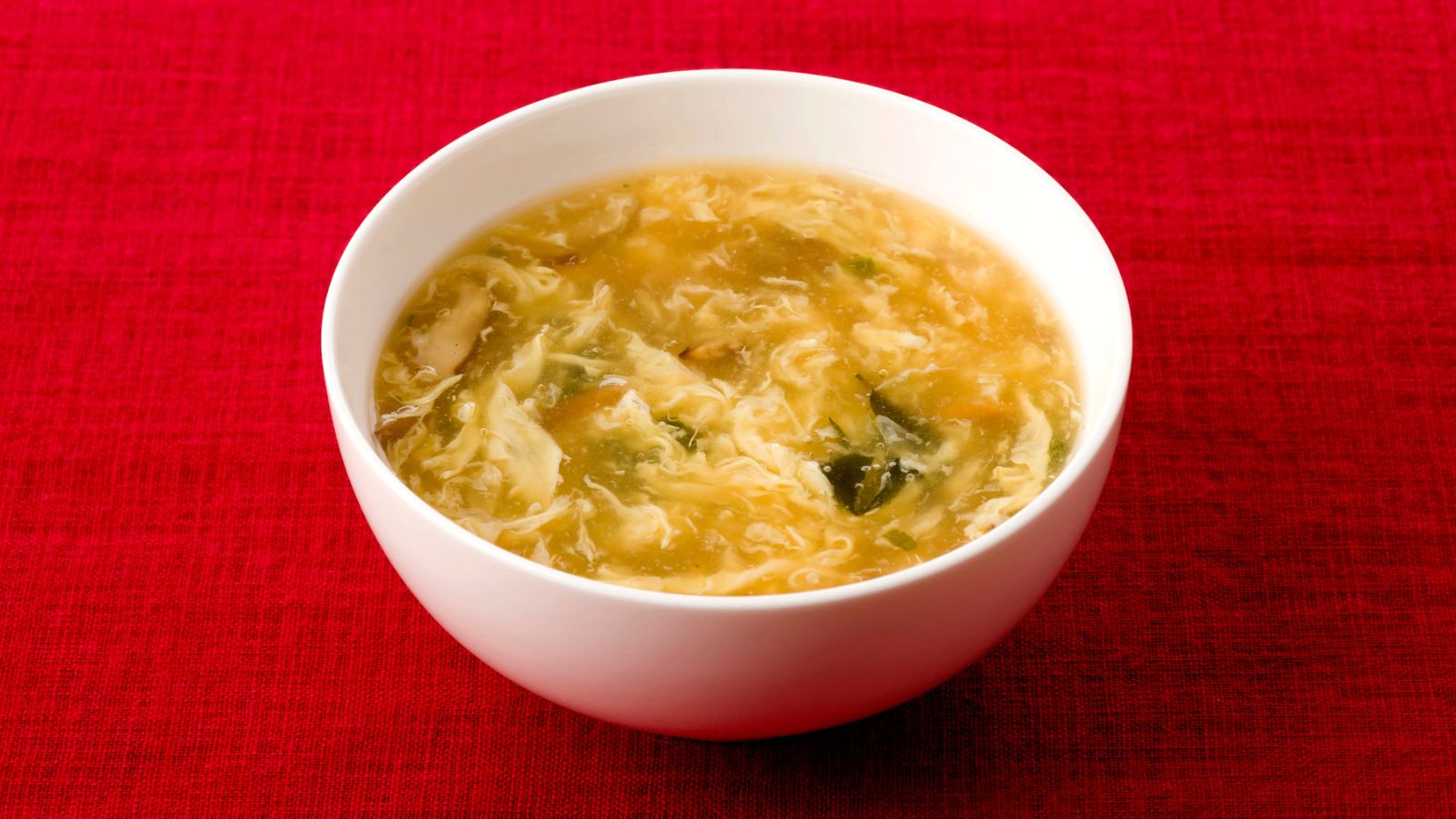Japanese lacquerware also known as "shikki," has captivated the world with its unique, glossy appearance, and exceptional durability. Maintaining this beautiful craft requires special care to preserve its finish and longevity. This article guides you through essential cleaning practices, handling precautions, and storage tips to ensure your lacquerware remains pristine for generations.
Understanding Japanese Lacquerware
Japanese lacquerware dates back to the Jomon period (14,000-300 BCE), highlighting Japan's enduring tradition of fine craftsmanship. Authentic lacquerware, crafted from the sap of the Toxicodendron vernicifluum tree (urushi tree), has natural antibacterial properties, making it resistant to bacteria and durable against everyday use. Genuine lacquerware, often referred to as "hon-urushi," exhibits a luminous sheen that synthetic lacquerware simply cannot replicate.
General Cleaning and Care Instructions
Proper cleaning methods are crucial to maintaining lacquerware's beauty:
Washing
- Use lukewarm water with a diluted neutral detergent or cleanser-free dishwashing detergent.
- Always opt for a soft dish sponge or a soft cotton cloth to avoid scratches.
Drying
- Gently wipe the lacquerware dry immediately after washing with a soft dish towel or a damp, soft cloth.
- Ensure all moisture is removed to prevent water spots and preserve the lacquer's gloss.
Avoid abrasive materials, harsh chemicals, and rough scrubbing sponges, which can cause scratches and dull the finish.
Handling Allergies and Odors
Lacquerware crafted from natural urushiol can occasionally cause allergic reactions in individuals sensitive to poison oak or related allergens. If you notice skin sensitivity or rash when handling lacquerware:
- Wash the item thoroughly in lukewarm water to remove excess urushiol.
- Wear rubber gloves while cleaning or handling if you're prone to allergies.
Natural lacquer may also emit a slight odor due to organic chemicals involved in its creation. Store lacquerware in a well-ventilated area to minimize odors.
Storage and Long-term Maintenance
Proper storage ensures the longevity of your Japanese lacquerware:
- Keep items in a dry cupboard or cabinet with solid doors to shield them from ultraviolet rays, direct sunlight, and dust.
- Maintain moderate humidity levels by placing a humidifier or a cup filled with water inside the cabinet.
- Wrap pieces individually in soft paper or a traditional furoshiki cloth to avoid scratches, deformation, and cracks from stacking.
Periodic usage nurtures lacquerware, preventing it from drying out and becoming brittle over time.
Types of Japanese Lacquerware
Japanese lacquerware encompasses various types, each with distinct characteristics:
- Hon-urushi: Made from pure natural lacquer, known for its depth and durability.
- Synthetic lacquerware: Created using special resins and coatings a more affordable option but lacks the longevity and unique luster of natural lacquer.
- Decorative styles: Popular types include maki-e (gold sprinkling), koma-nuri (striped patterns), and shudame-nuri (vermilion lacquer), among others.
Understanding the type of lacquerware you own helps tailor your care routine effectively.
Usage Precautions and Restrictions
To avoid unintentional damage to your lacquerware:
- Do not use lacquerware in microwaves, ovens, dishwashers, or refrigerators.
- Avoid exposing lacquerware to direct flame, extreme temperatures, direct sunlight, or rough ceramics and metals.
- Use cloth or paper between stacked pieces to prevent scratches and rings.
Following these precautions helps maintain the integrity and beauty of your lacquerware.
Final Thoughts
Proper care ensures Japanese lacquerware remains a treasured heirloom, offering both beauty and function through generations. By understanding cleaning techniques, addressing potential allergy concerns, ensuring proper storage, and observing usage precautions, your lacquerware will retain its stunning appearance and structural integrity, celebrating the timeless tradition of authentic Japanese craftsmanship.
For more insights and authentic Japanese lacquerware products, explore our carefully curated collections at MyJapaneseWorld.com.






Share: